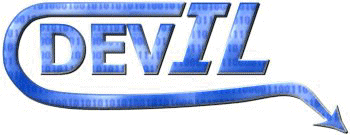ILU contains several filters for modifying images. Most filters are simple
convolution filters, though others are present. Currently, ilu does not have
any image matrix functionality equivalent to OpenGL's texture matrix, but it
may in a future version. All filter functions return a boolean value, telling
whether the filter was successfully applied. Each filter described has an
image attached to let you tell the difference. So, let's dive into the filters!

Normal, unedited image to compare against
iluAlienify
This filter originally occurred from an accident when I was writing colour
matrix code but ended up looking really neat on some images, so I kept it.
Images with people in them turn out the best with this filter, and no,
it doesn't just change the image all green. ;-) It's a very interesting
effect, imo, and I discovered it! =P

iluBitFilter1
This is a generally ugly filter that just switches the upper and lower nibbles of every byte in the image.
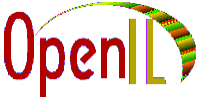
iluBitFilter2
This is another ugly filter. It reverses the order of all bits in an image.
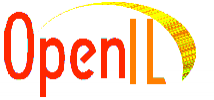
iluBitfilter3
This filter AND's every byte with a random value from 0 - 255.
This image is not included, since the effect is a type of noise filter,
and noisy images do not compress well.
iluBlurAvg and iluBlurGaussian
iluBlurGaussian blur an image, using simple blurring convolution filters.
A Gaussian blur looks more natural, as diagonal pixels count as the least,
side pixels count in the middle and the center pixel counts the most.
All values in the convolution matrix are 1, so all pixels around a pixel
get averaged in as much as the pixel being tested. Both functions accept
one parameter, which is the number of iterations of blurring to perform
on the image. If you want to blur an image more, increase the number
of iterations, but beware, as it will be slow. Only the Gaussian blur
is shown here.

iluEdgeDetectP and iluEdgeDetectS
These two functions apply convolution filters to determine the edges in
an image. A horizontal pass and a vertical pass on the image are combined
to generate the appropriate edges. The algorithms are slightly different
but generally give similar results. Experiment with them to see which one
yields the best results for your application. Only the Prewitt edge-detected
version is shown here.
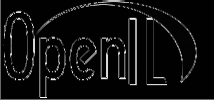
iluEmboss
This function embosses an image, which makes it mostly grey with raised
edges. This is a different form of edge detection.
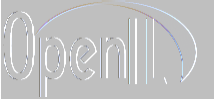
iluGammaCorrectCurve
This function gamma corrects an image by applying a scaling factor to
all the pixels of the image. Values for the scaling factor parameter
above 1.0 brighten the image, while values below 1.0 darken the image.


iluNegative
iluNegative creates a negative of the image, effectively inverting
all colours (black becomes white, etc.).

iluNoise
iluNoise adds mono noise to an image to give it a noisy or even "dirty" look.
The only parameter it accepts determines the variance factor -- how far from
the original pixel's value the new value should be allowed to variate.
This image is not included, since noisy images do not compress well.
iluPixelize
This function pixellizes an image, making it appear blocky. This
function can be used for some neat effects, such as an interesting
screen clearing effect.

iluSharpen
iluSharpen "sharpens" the current image, making the edges more noticeable
and the whole image "less blurry". Since the original has clearly-defined edges, the sharpen filter has
no noticeable effect, so we decided not to include the image to save space.
